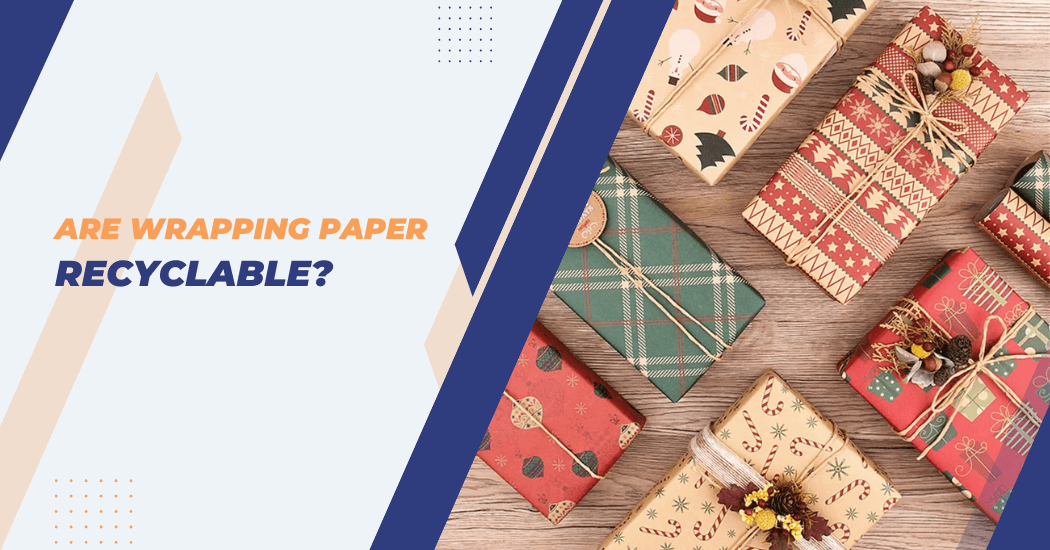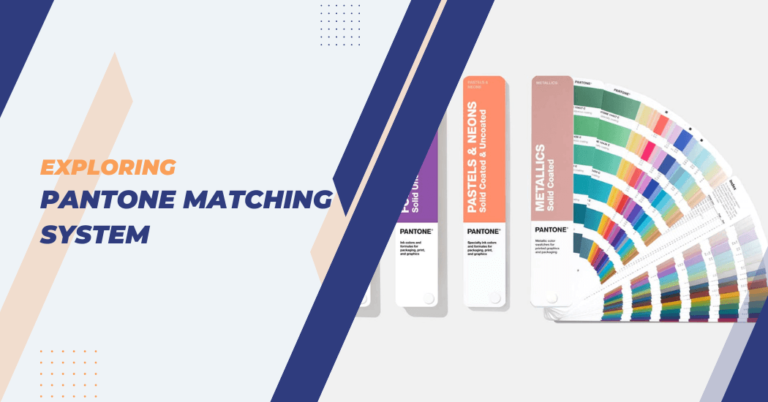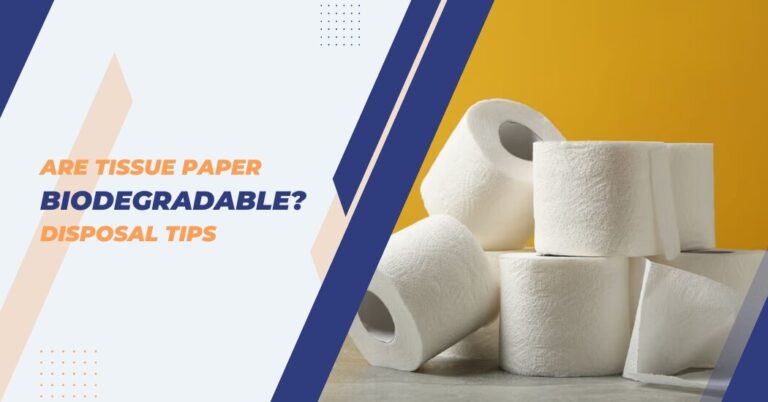Are wrapping paper recyclable?
As environmental consciousness continues to grow, individuals are becoming increasingly mindful of the impact their daily choices have on the planet.
One common practice during festive seasons and special occasions involves the use of wrapping paper to embellish and conceal gifts. However, a critical question arises: Are wrapping paper recyclable? This inquiry is pivotal in the broader context of sustainable living and waste reduction.
In this discussion, we will explore the recyclability of wrapping paper, shedding light on eco-friendly types, as well as offering insights into responsible disposal practices. Understanding the recyclability of wrapping paper is a small yet significant step towards fostering a more environmentally friendly approach to our celebratory traditions.
Composition of wrapping paper
Wrapping paper, also known as gift wrap, is a type of paper designed for the decorative covering of presents. It serves aesthetic and functional purposes, making the gift more appealing while simultaneously keeping its contents a secret until the moment of unwrapping.
Wrapping paper composition varies significantly depending on its type but it generally includes paper as a primary material. This paper may be plain, colored or printed with a variety of designs to enhance its decorative appeal.
Some wrapping papers are further embellished with a metallic or plastic coating, glitter or even textured elements to provide a more distinctive finish.
However, such adornments, while attractive, can make recycling more challenging. Furthermore, some wrapping papers are made from more sustainable materials like recycled paper or alternative fibers, aligning with an increasingly prominent trend towards environmentally conscious consumer choices.
Recyclability of Wrapping Paper
The answer to whether wrapping paper is recyclable depends on various factors. Generally, plain and uncoated wrapping paper made from paper can be recycled in most recycling programs. However, the presence of additional materials like foil, glitter or plastic coating makes the recycling process more complicated.
Foil wrapping papers are not recyclable as they contain a thin layer of metallic material that cannot be separated from the paper fibers during recycling. Similarly, glitter and plastic-coated wrapping papers are also not recyclable due to the difficulty in separating these materials from the paper.
Factors that affect wrapping paper recyclability
Here are some factors that can affect the recyclability of wrapping paper:
- Materials used: Materials present in wrapping paper significantly impact its recyclability. Traditional wrapping papers made from paper are easier to recycle compared to those with additional materials like foil or plastic coating.
- Quality of paper: Use of high quality paper also plays a role in recyclability. Wrapping paper that is too thin or flimsy may not be accepted by recycling programs as the fibers are too weak to be recycled.
- Decorative additions: Extra decorative elements like glitter, ribbons and plastic bows can make wrapping paper non-recyclable as these materials cannot be separated from the paper fibers during recycling.
- Ink and printing: Ink and printing methods used in the manufacturing of wrapping paper can also affect its recyclability. Water-based dyes and soy-based inks are more environmentally friendly and easier to recycle compared to oil-based inks.
- Adhesives: Some wrapping papers use adhesive tapes to seal packages, which can also affect their recyclability. Certain tapes are not easily removable and may contaminate the paper fibers, making it difficult to recycle.
- Contamination: Any foreign materials like food, grease or wax present on the wrapping paper can render it non-recyclable.
- Local recycling guidelines: It is essential to check the local recycling guidelines as they can vary from region to region. Some areas may accept certain types of wrapping paper for recycling, while others may not.
Recycling process of wrapping paper
Recycling wrapping paper is a great way to reduce waste and contribute to environmental sustainability. Here’s a step-by-step guide on how to recycle wrapping paper:
- Check the material: Before recycling wrapping paper, check if it is made from recyclable materials like paper.
- Remove all tape and decorative elements: Make sure to remove any adhesive tapes, stickers, ribbons or bows from the wrapping paper before recycling. These materials cannot be recycled and can contaminate the paper fibers.
- Tear it up: To ensure smoother recycling, tear the wrapping paper into smaller pieces.
- Check with your local recycling program: Different areas have different guidelines for recycling wrapping paper. Check with your local program to see if they accept wrapping paper and what type is accepted.
- Avoid adding any foreign materials: Do not add any other materials like plastic bags or tissue paper to the recycling bin with wrapping paper. These materials can contaminate and reduce the quality of the recycled paper.
- Reuse or repurpose: Before recycling, consider reusing or repurposing the wrapping paper for other crafts or activities.
- Dispose of it responsibly: If your local recycling program does not accept wrapping paper, dispose of it responsibly by putting it in the general waste bin.
By following these steps, you can contribute to a more sustainable and eco-friendly approach to gift wrapping. Remember that each community may have its own recycling rules, so it’s crucial to stay informed about local guidelines.
Challenges in recycling wrapping paper
While recycling is a positive step towards reducing waste, there are still challenges to achieving sustainable gift-wrapping practices. Here are some of the main challenges:
- Lack of education: Many individuals are not aware of the impact that their gift-wrapping choices have on the environment. Educating people about the importance of sustainability can help promote more eco-friendly practices.
- Limited availability of sustainable materials: While there is a growing trend towards sustainability, not all stores may offer sustainable gift-wrapping options. This can make it difficult for consumers to choose environmentally friendly alternatives.
- Traditions and societal norms: Many people have ingrained traditions and expectations surrounding gift wrapping, making it challenging to change their practices. It takes time and effort to shift societal norms towards more sustainable options.
- Cost: Sustainable materials may be more expensive, which can deter people from choosing them. However, investing in these materials can have a long-term positive impact on the environment.
- Convenience: Some consumers may find it less convenient to use sustainable wrapping materials, such as reusable fabric or paper wraps, compared to traditional options like wrapping paper and tape.
Overall, while there are challenges in adopting sustainable gift-wrapping practices, individuals need to make conscious choices and efforts towards reducing waste and protecting the environment.
Benefits of recycling wrapping paper
Recycling wrapping paper provides several environmental and economic benefits, including:
- Reduces waste: By recycling wrapping paper, we can prevent it from ending up in landfills and reduce the amount of waste produced.
- Conserve resources: Recycling paper reduces the need for cutting down trees, which helps preserve our natural resources.
- Saves energy: Process of recycling paper uses less energy compared to producing new paper from trees, resulting in lower carbon emissions.
- Creates job opportunities: Recycling centers and facilities create jobs for individuals in the community, contributing to the local economy.
- Provides raw materials: Recycled paper can be used to make new products like notebooks, tissue paper or even new wrapping paper, reducing the need for virgin materials.
By recycling wrapping paper, we can promote a circular economy and reduce our impact on the environment. It’s a small but essential step towards creating a more sustainable future.
Wrapping paper disposal alternatives
While recycling is the best way to dispose of wrapping paper, there are other environmentally friendly alternatives to consider:
- Reusable bags and boxes: Instead of using wrapping paper, consider using reusable boxes or bags that can be used for multiple occasions.
- Natural materials: Use natural materials like twine, dried flowers or leaves to decorate gift packages instead of plastic ribbons and bows.
- Furoshiki wrapping: Furoshiki is a traditional Japanese wrapping technique that uses fabric to wrap gifts. This method is not only eco-friendly but also adds a unique touch to your gifts.
- Paper alternatives: Consider using alternative materials like newspapers, magazines or maps to wrap gifts instead of traditional wrapping paper. Be mindful of the ink and ensure that it is eco-friendly.
- E-cards: In the age of technology, e-cards are a popular and environmentally friendly option for sending greetings and well wishes.
By choosing these alternatives, we can reduce our environmental impact while still maintaining the joy and tradition of gift-giving.
Final Words
Recyclability of wrapping paper depends on its composition. While some wrapping papers are recyclable, those with metallic or plastic coatings are not suitable for recycling. To promote environmental sustainability, it is crucial to check the packaging or opt for alternative eco-friendly packaging materials.
Proper disposal and recycling practices play a key role in reducing the environmental impact of gift wrapping, contributing to a greener and more responsible approach to celebrations.






